Heritage Landscapes: Policy, Planning and Design Dilemma
Assoc. Prof. LAr. Dr. Suhardi Maulan is an associate professor from the Department of Landscape Architecture, FRSB, Universiti Putra Malaysia. His interests include visual quality management, landscape architecture history and theory as well as quantitative analysis for design research. He is currently the President of ILAM and can be contacted at suhardi@upm.edu.my.
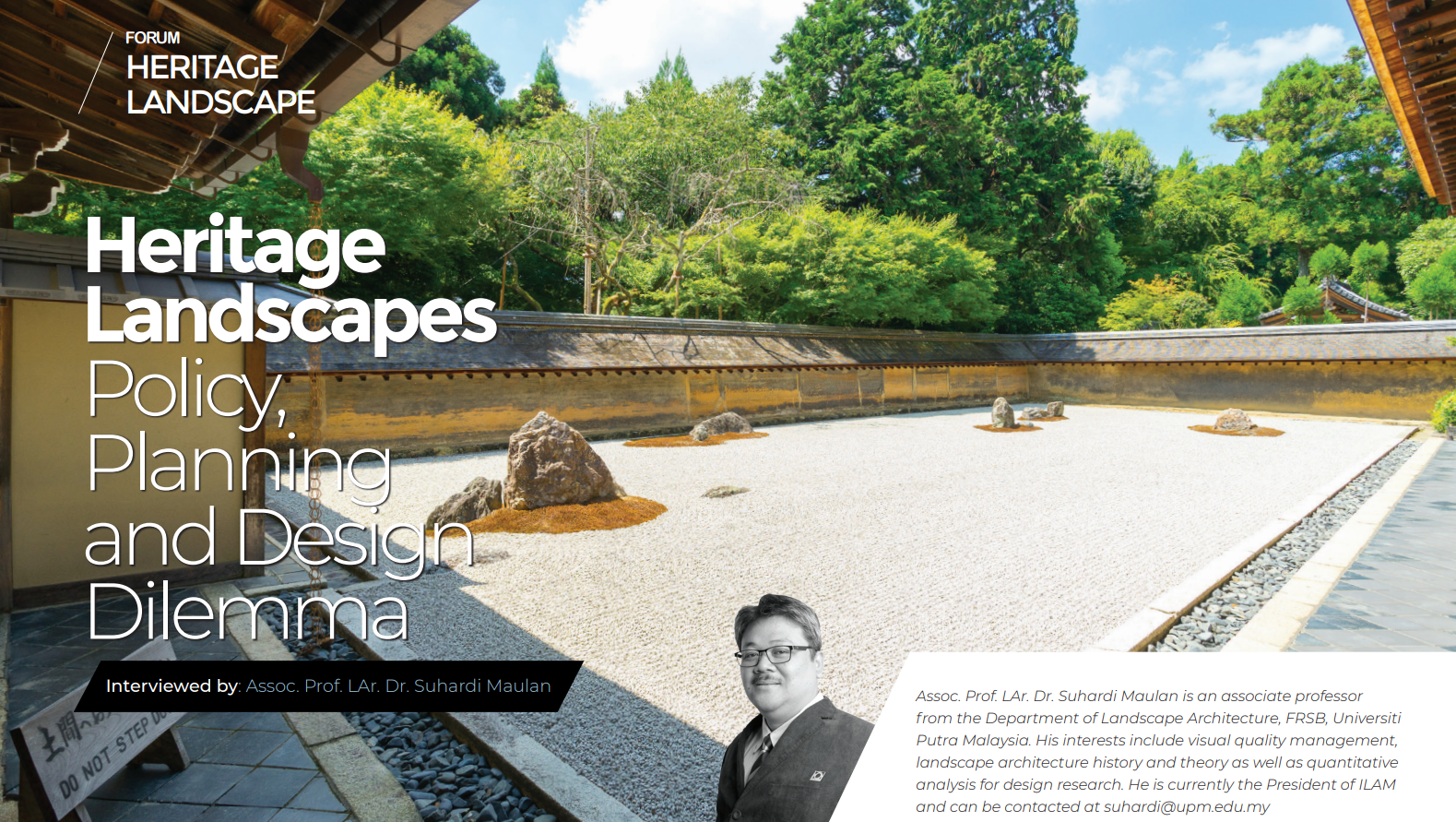
Since the beginning of human civilisation, landscapes have been admired, planned, and designed to accommodate human population growth and needs. Landscapes had evolved to be very important spaces such as gardens, plazas, parks, housing areas, industrial lands and many more. These landscape spaces are very important for aesthetic, environment, health, and economic growth and often they are interwoven with cultural values. Therefore, in many parts of the world, people are very proud of their own style of landscapes. For example, the Italians are very proud of their renaissance’s gardens, villas and urban plazas. We also cannot deny that every time we see parks with undulating landforms and lush greenery, we relate them to English naturalistic parks. In the Far East, Japanese’s Ryoan Ji Garden that dated hundreds of years ago speak volumes about Japanese behaviour and wisdom. For the Italians, English and Japanese these landscapes spaces and designs are important. The landscapes are their heritage that imply well with their past, present, and future.
It is believed that Malaysians also have rich heritage landscapes as well. With more than 20 ethnic groups residing in Malaysia, we should have a variety of heritage landscape types but why are they not as famous as the Italian, English and Japanese landscapes. Recognizing the importance of heritage, Malaysian Parliament passed the National Heritage Act in 2005 and Malaysia has a Heritage Department to oversee the policy and management of Malaysian Heritage both as a tangible and non-tangible entity. In general, landscapes are considered tangible items and the discussion about landscape heritage is gaining traction and momentum. Thus, to further understand Malaysian landscape heritage issues, Land.Scape sat down with four personalities that are actively interested with Malaysian’s heritage landscapes issues. They are Associate Professor LAr. Dr Nor Atiah Ismail from Universiti Putra Malaysia, Mr Faisal Abdul Rahman, Vice President of ICOMOS Malaysia, LAr. Teng Pe Yang from Permata Green in Pulau Pinang and Mr Moahzam Asari, Director of Landscape Department of Majlis Bandaraya Melaka Bersejarah.
When we talk about Malaysian’s heritage landscapes, what is actually the definition, meaning and image that comes across in your mind?
Nor Atiah: Malaysian Heritage Landscape provide a sense of place and identity; they map our relationship with the land over time; and they are part of our national heritage. Cultural heritage landscape painted each of our canvas lives that includes paddy field, farmlands and plantations, coastal landscape and rural villages, public gardens and parks, college campuses, cemeteries, scenic highways, and industrial sites. They are the sites that are associated with a significant event, activity, person or group of people. They range in size; from thousands of acres of rural land to historic homesteads. In other words, cultural heritage landscape is the representation works of art, narratives of cultures, as well as an expression of our regional identity.
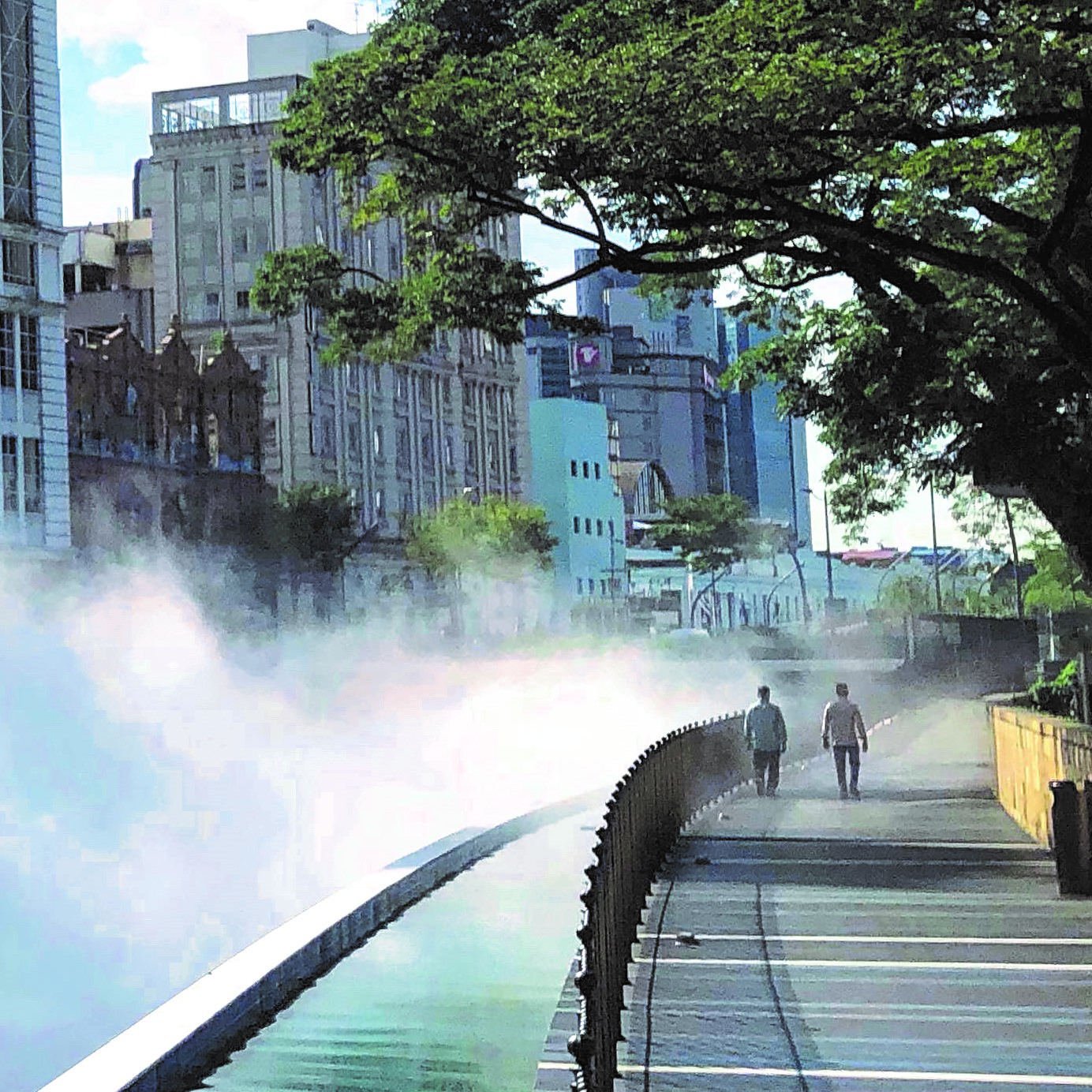
Faisal: I would define Malaysian’s heritage landscapes as the picturesque and significant setting of places which are found in urban or more so in rural areas, be it natural or cultural. This includes urban parks and botanical gardens, traditional kampung settings, fishing villages, highlands and even New Villages. To me, landscape as a cultural heritage, represent the various communities’ relationship with nature and its surroundings.
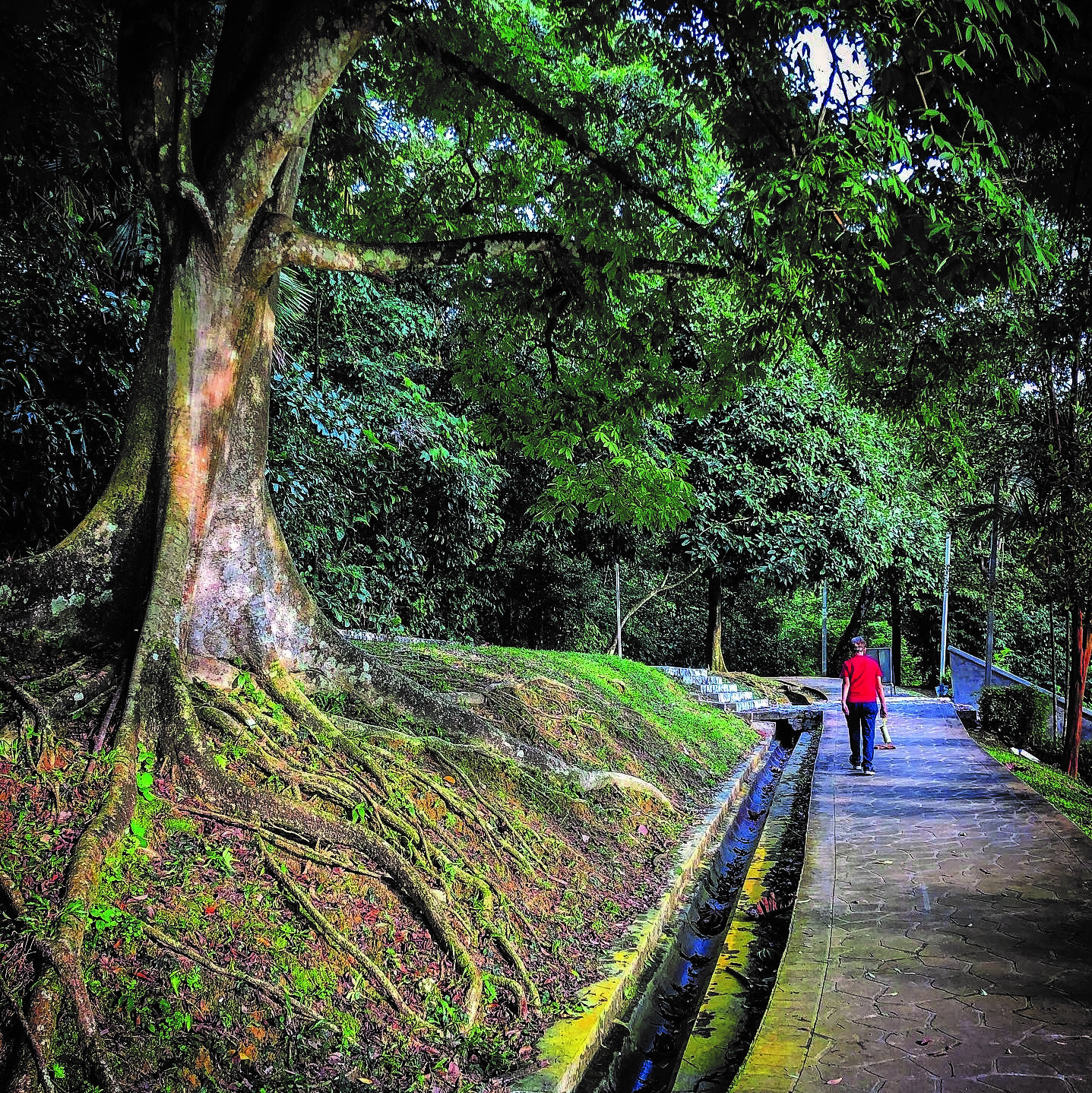
Pe Yang: I think we’ve been conditioned to interpret heritage landscape as a geographical space that has witnessed human intervention and transformation during a period in the past that merits recognition and attention. It is broad in its temporal composition; from, say, a humble colonial garden, to a civic space celebrating the Merdeka Movement and the pursuit of the Malaysian Identity. Based on this definition, it could even encompass a site as old as the Lembah Bujang archaeological landscape, or something as recent as the highly Instagrammable abandoned quarry at Tasek Gelugor, Penang.
Moahzam: To me, there are various dimensions of the definition, meaning and image of Malaysian’s heritage landscape, in Malaysia it is influenced by the way of life and geographical location. It is more difficult to explain due to the history of colonialism, ethnic diversity and regional division indirectly provide diversity and it is unique.
Do you think that Malaysia has strong heritage landscape identity and images?
Nor Atiah: Yes. Malaysia is a multi–ethnic, multicultural, and multilingual society, and the many ethnic groups in Malaysia maintain separate cultural identities while living in harmony. The original culture of the Malaysians stemmed from its indigenous tribes, along with the Malays who has set-up the early life and settlements. Historical substantial cultural heritage influence exists from the Chinese and Indian cultures, dating back to when trade with those countries began in this peninsular. Other cultures that heavily influenced the essence of the Malaysian cultural heritage include Persian, Arabic, and British. With these cultural history and life assimilations embedded in the tangible and intangible way of life, Malaysia has a strong heritage landscape with its own significant identity. In fact, Malaysia has become a great “Potpourri of Asian Culture”. In this case, I am happy to say that, Malaysia embodied a strong multicultural heritage landscape identity and never, a representation of a single identity! The people of Malaysia with their cultural significance have signified identities in the natural landscapes and culture is embodied by landscapes. Human landscape perception, cognition, and values directly affect the landscape and are proudly affected by the landscape.
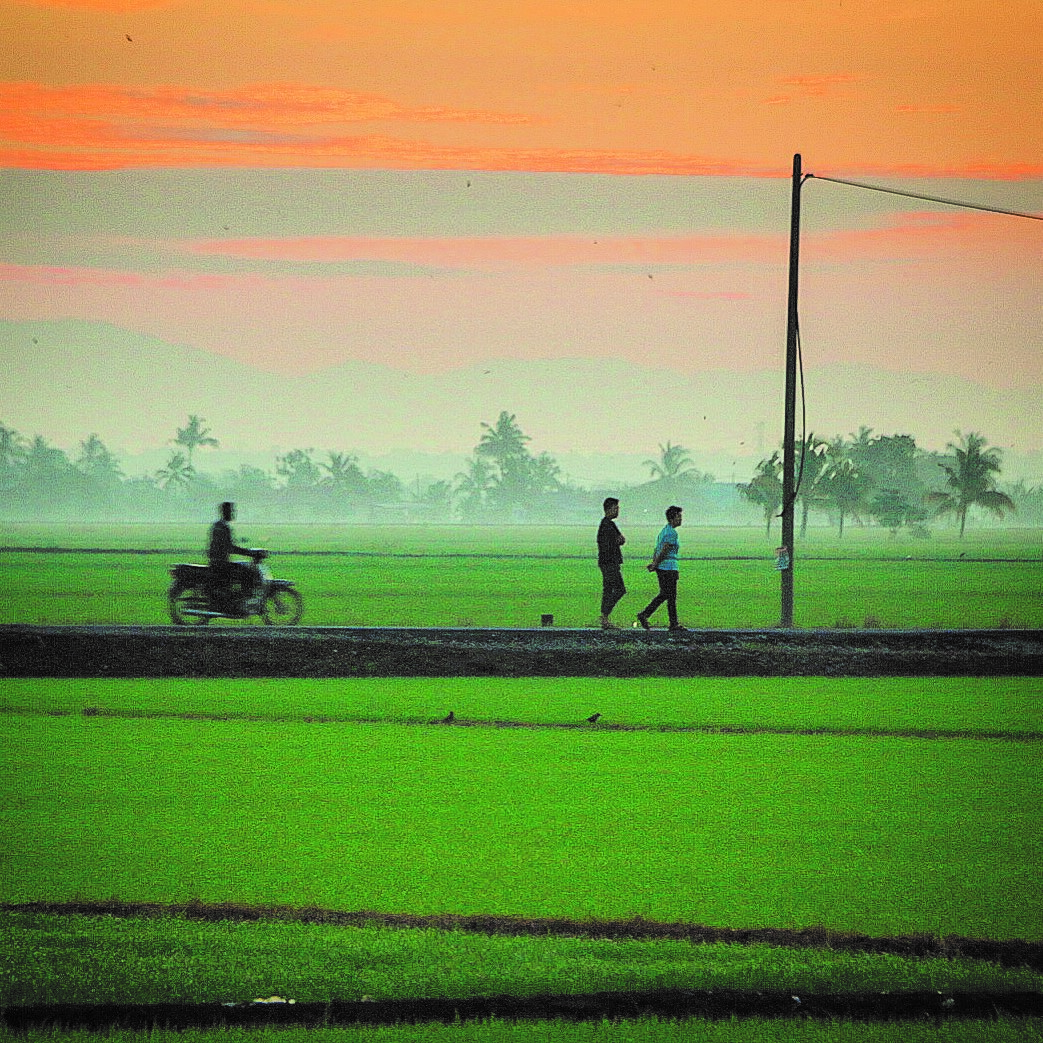
Faisal: Yes, we have a lot of cultural heritage landscapes with the significant heritage features, especially in the rural areas of Malaysia but also in urban areas. Depending on the region, these identities defer. However, I have noticed not many people take notice of their own cultural landscape image. Being involved as an Expert Member in Cultural Tourism under ICOMOS, I have noticed that many tourists and visitors find some of these heritage landscape very attractive and interesting.
Pe Yang: As a nation that has seen and experienced much transformation, I would say our heritage landscapes are plenty and diverse. Some connote a sense of nostalgia, while some will stir and inspire you. You experience and walk away from these spaces a different person.
Moahzam: Yes, Malaysia has a clear landscape heritage, especially if viewed based on specific regions such as the east coast, Sabah and Sarawak. At the state level, it is clearer to the ethics that have been assimilated to local people such as the Baba Nyonya community and the Chetty community in Melaka.
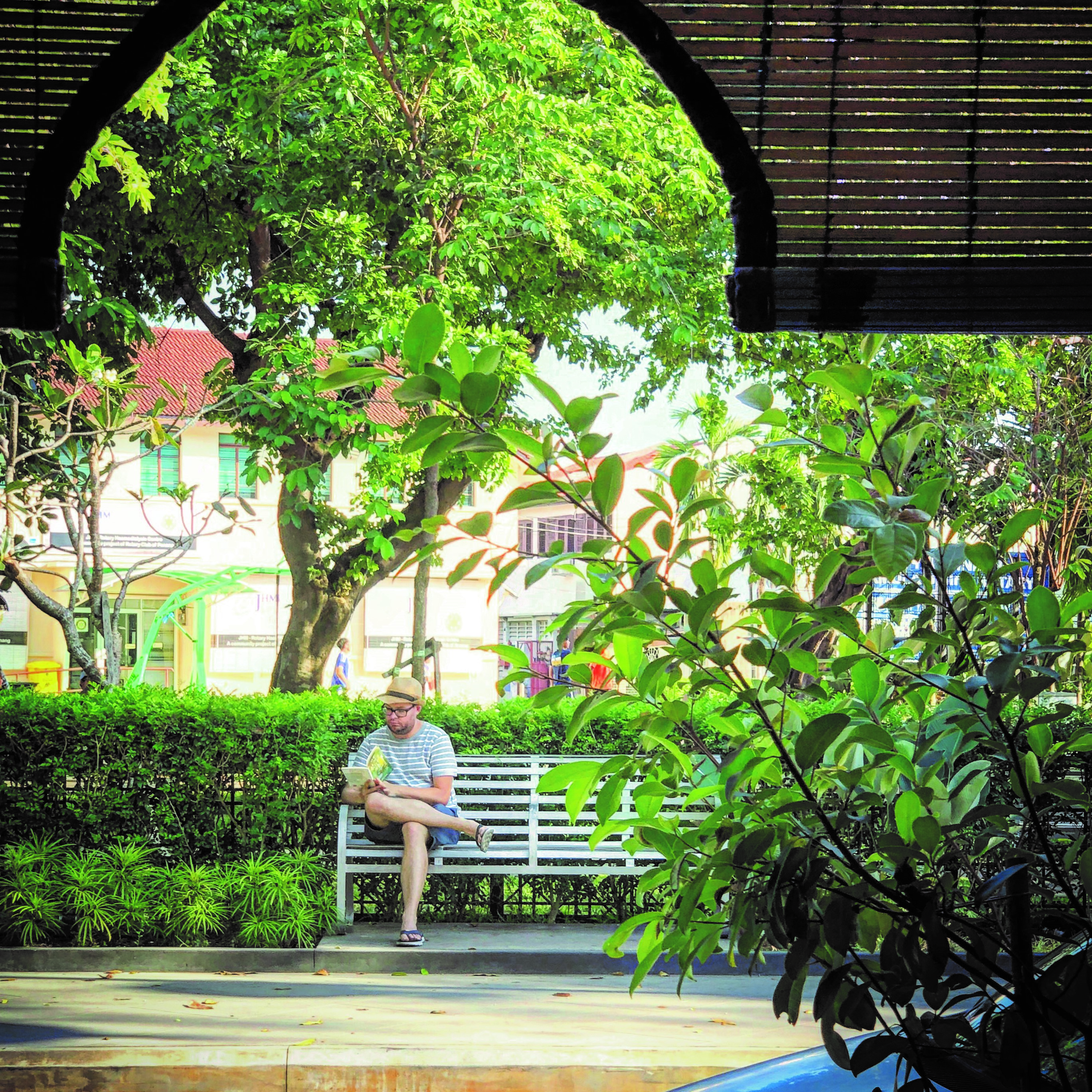
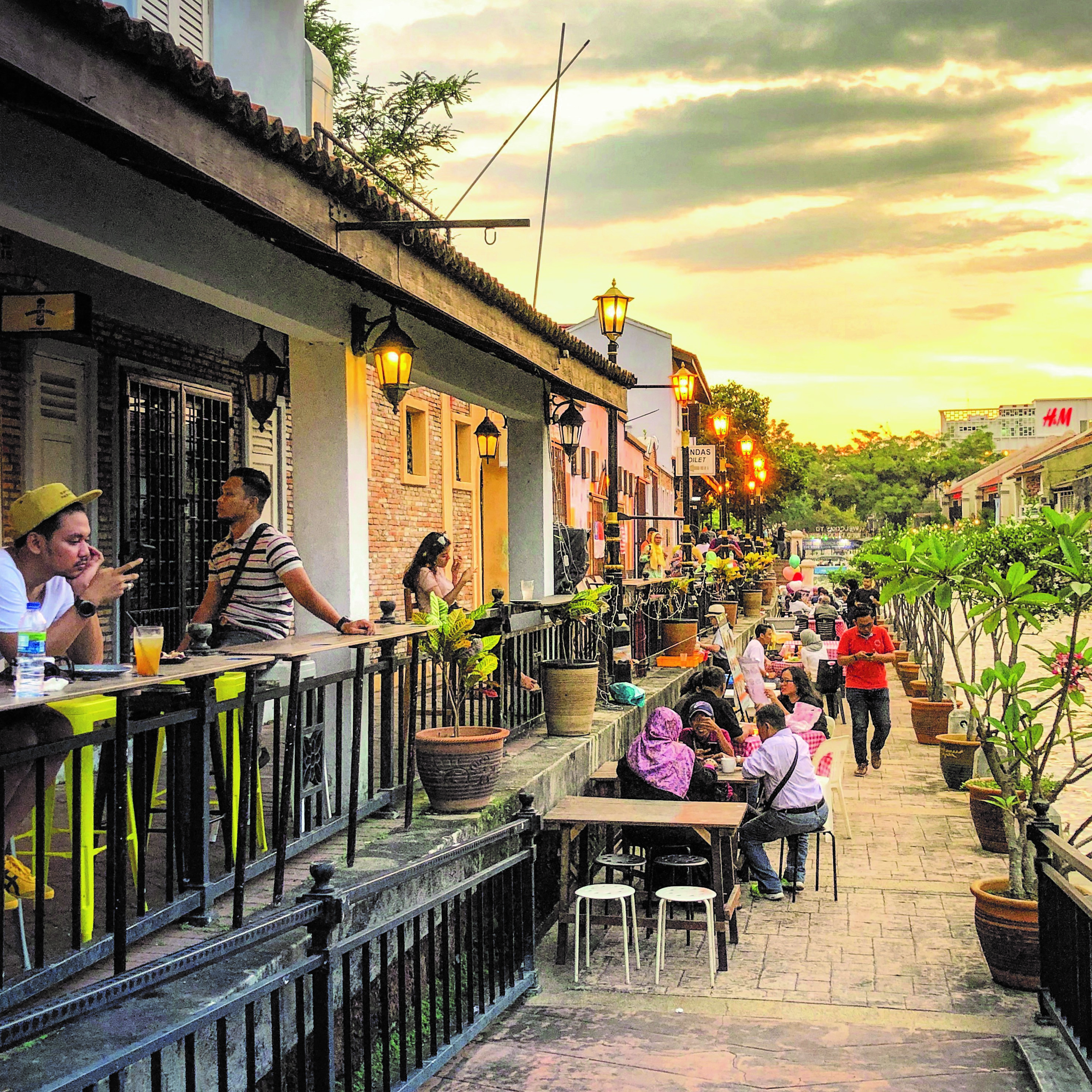
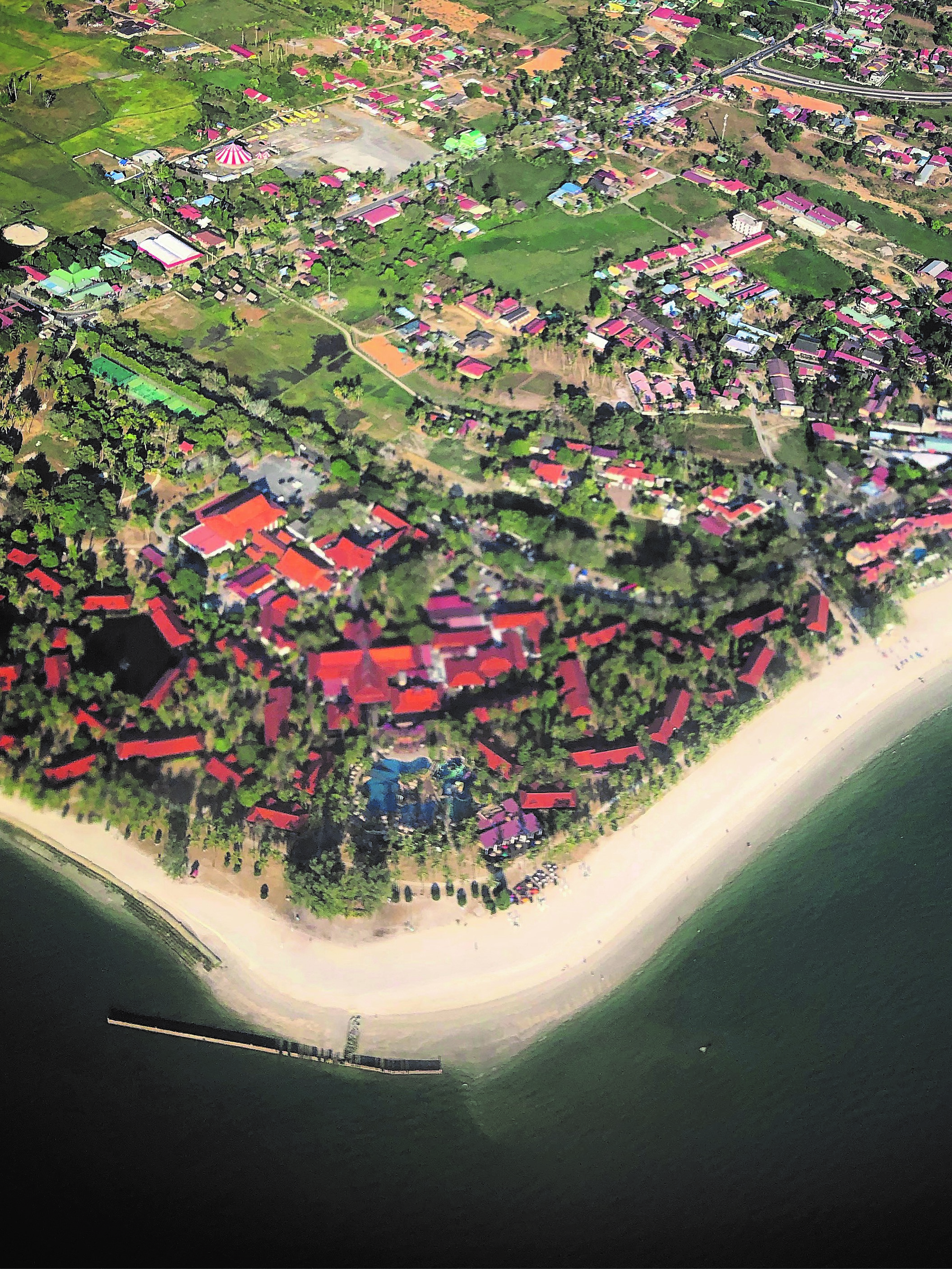
Why it is very important for us to know and recognize Malaysian’s heritage landscape?
Nor Atiah: Malaysian cultural heritage landscapes are a legacy for everyone. These special sites reveal aspects of our country’s origins and development as well as our evolving relationships with the natural world. They provide scenic, economic, ecological, social, recreational, and educational opportunities helping communities to better understand themselves. Neglect and inappropriate development put our irreplaceable landscape legacy increasingly at risk. Too often today’s short-sighted decisions threaten the survival and continuity of our shared heritage. It is everyone’s responsibility to safeguard our nation’s cultural heritage landscapes. The ongoing care and interpretation of these sites improves our quality of life and deepens a sense of place and identity for future generations.
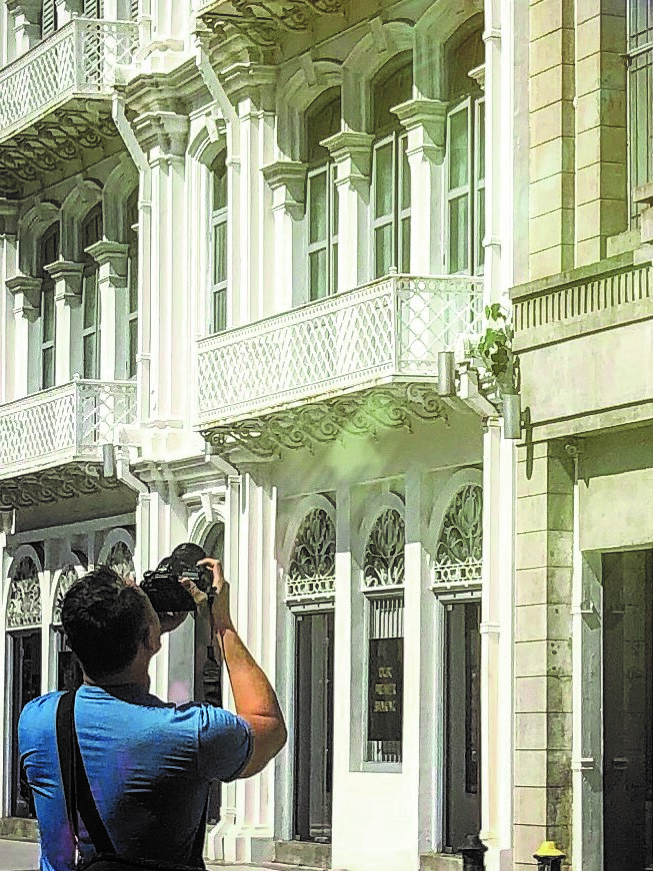
Faisal: To me, the term "heritage landscape" or "cultural landscape" refers to special places created by human interaction with the environment and their surroundings. This helps define the community's character and at the same time reflect their past. It helps in fostering sense of place to local community while providing visitors and tourists unique and authentic experiences. Therefore, it is important in providing a destination image, especially for the tourism industry.
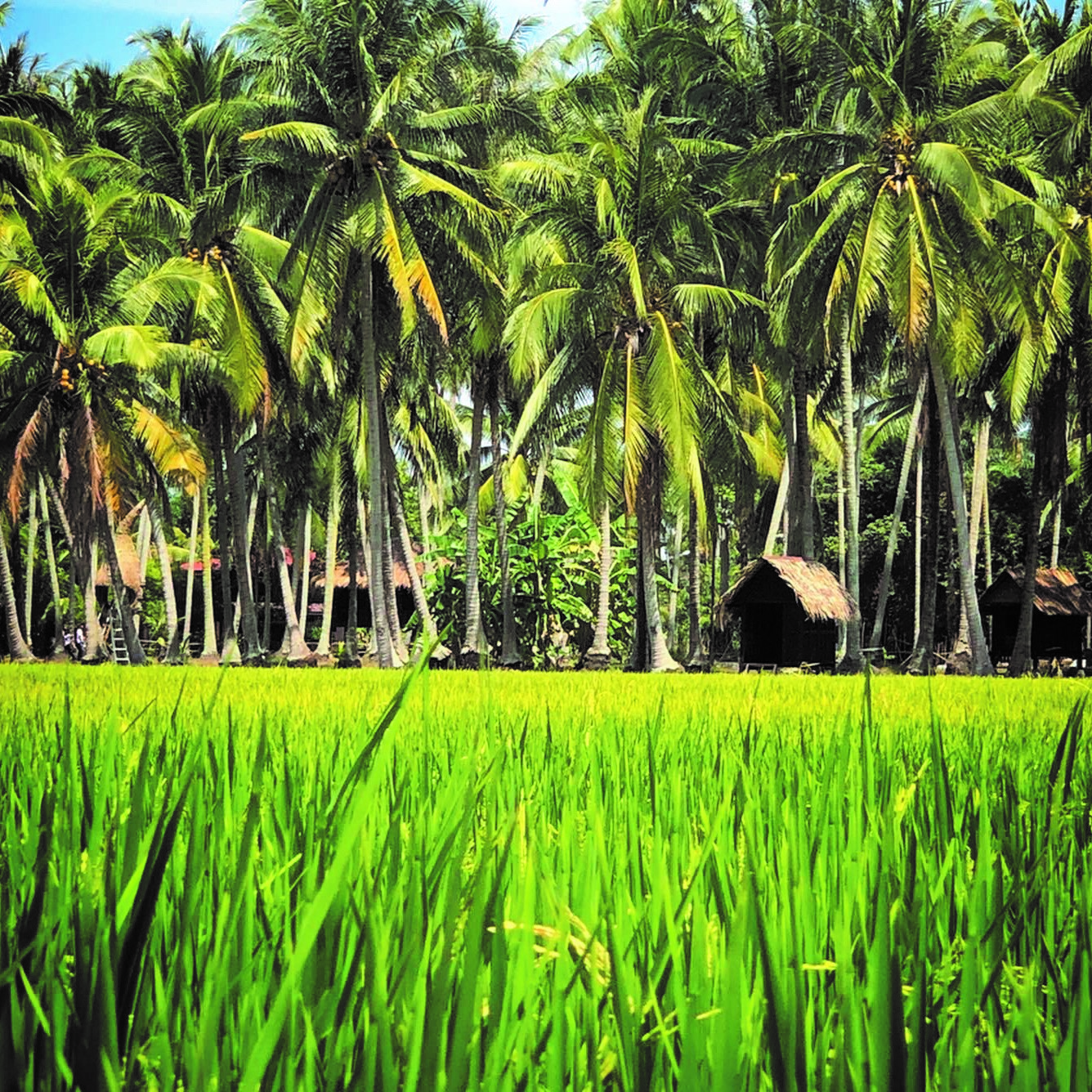
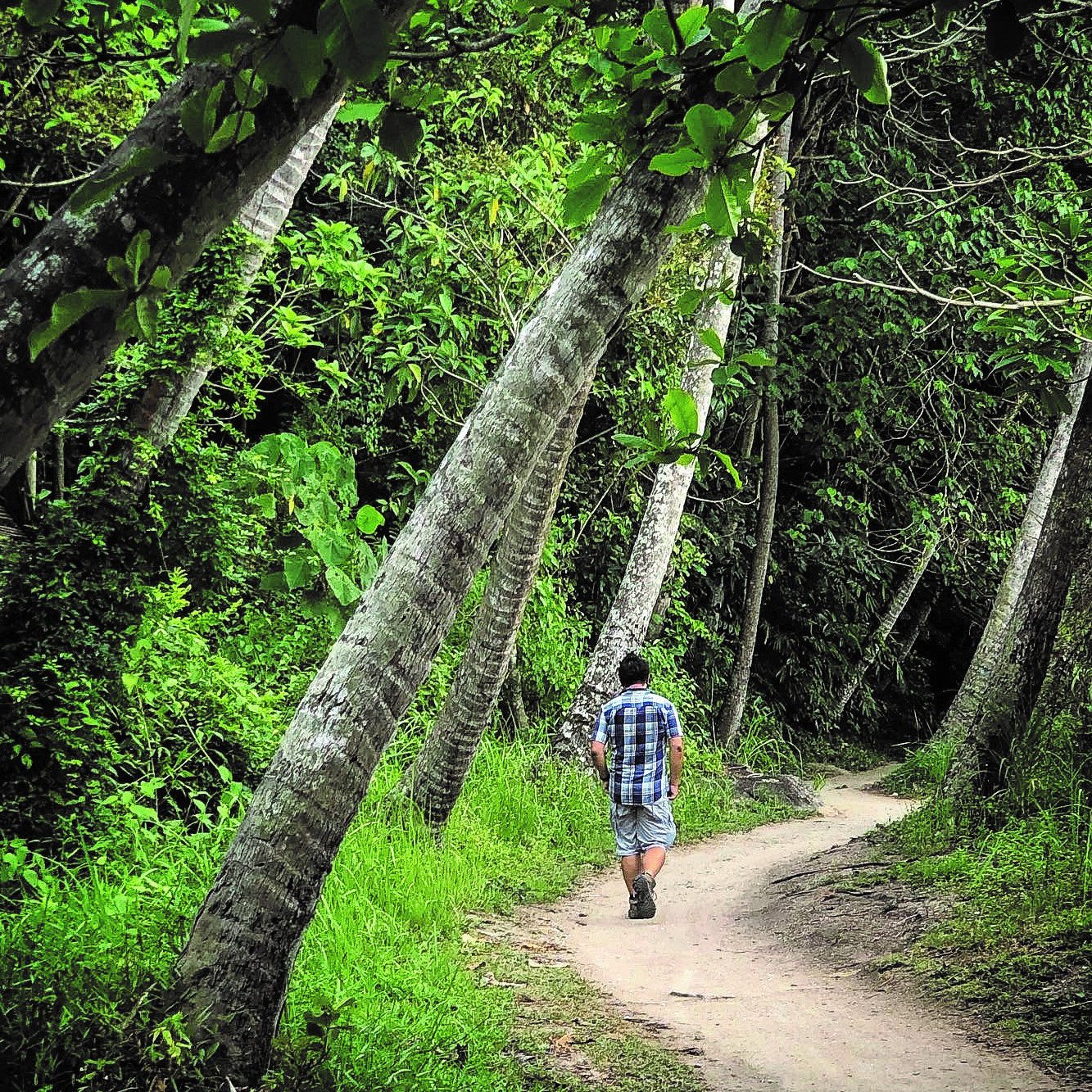
Pe Yang: Heritage landscapes connect with us on a personal level. It initiates a conversation about the culmination of our national identity. It allows for acknowledgement and healing. Without adequate interventions to safeguard these spaces for future generations, these conversations risk being swept under the tides of rapid expansion and globalisation.
Moahzam: it is important for us to identify and recognize Malaysian’s heritage landscape so that it can be highlighted, preserved and developed so that it does not fade and languish.
Read the full article here.

